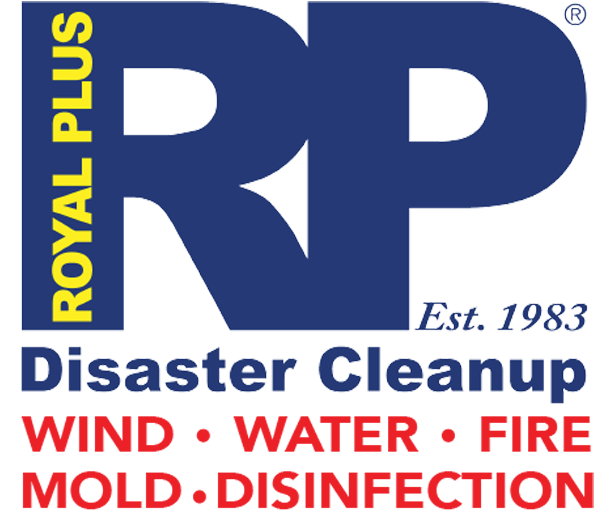BE AWARE IN THE NEW YEAR~

‘Twas just the season to travel to loved ones (or be traveled to by loved ones), but even with all that holiday cheer, there’s always the chance of picking up an unwanted guest—AKA the winter flu.
You’re suffering from sinus congestion/chronic cough, have a headache, post-nasal drip, and feel a little lightheaded. Exhaustion takes over when you remember your cousins had similar symptoms—surely it was them that gave it to you!…or was it?
In the winter, those allergic to pollen get a break BUT there is such a thing as winter indoor allergies caused by mold and dust mites. This may not be a winter flu at all, but rather winter allergies, specifically winter mold allergies, that can occur when you spend more time inside.
What causes the ‘flu-like symptoms is brought on by your immune system overreacting when it breathes in mold spores. These spores are recognized by your body as little foreign invaders and try to defend themselves with antibodies. Later exposure causes the immune system to react again that triggers histamine, which is the culprit of the unfavorable, flu-like symptoms.
Be on the lookout for:
- Condensation forming on window panes
- Peeling Paint — suggests moisture buildup
- Water Stains
- Anywhere water sits or steam collects
- **Pay special attention to bathrooms, basements, and laundry areas

Keep in mind the following points to be aware of this New Year and fight off those pesky winter mold allergies!
Keep your home’s humidity below 50%. Mold can grow anywhere in the right conditions and high humidity increases its options.
Control the moisture in the air. Accomplish this with dehumidifiers and central air conditioning with a HEPA filter attachment. Keep AC drip pans and liners clean so mold can’t grow
Improve airflow through rooms. Buildings with poor ventilation such as tight window and door seals can trap moisture indoors that creates favorable mold growth conditions.
In the Bathroom: Open windows or use an exhaust fan during baths/showers
In the bedroom: If the closet is colder than the rest of your room, leave the closet door open
Act fast to repair any plumbing leaks. Damp areas are the most vulnerable to mold if not addressed in a timely fashion. Dry areas that become wet, such as carpet, need to be dried in 48hrs to prevent mold.
When in doubt, clean it out. Indoor trash bins can be a breeding ground for mold as well as the strip on the fridge. If you spot mold on a hard surface such as glass, tile plastic – clean it using a bleach, soap, water solution.
What if the mold is on drywall or discovered to be extensive in an area? Call a professional. Failing to remediate the problem by yourself can create worse problems down the road such as asbestos. One must take into consideration that if there is some mold present, there is a large possibility of more not yet found.


